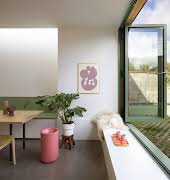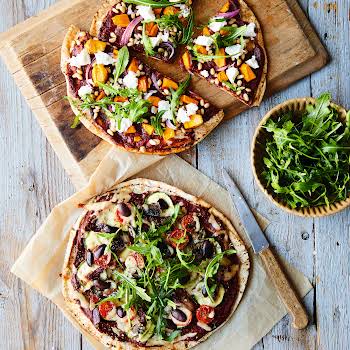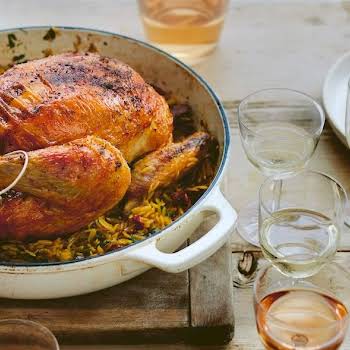
There has never been a better chance to start a little light gardening. But what if your fingers are stubbornly pink, or if you have limited space? Amanda Cassidy digs deep…
It’s a lofty ambition considering I am a regular cactus-killer. But maybe what I lack in DIY I can make up for in GIY? The kids are ecstatic — swapping glitter for mud is unlikely to do much to reduce my chore list, but getting out into the garden, back into nature can only be a good thing.
We survey the garden. And by survey, I mean gaze in horror at the scrubby, weedy mess before us. I kick the dry rooty soil with my boot and shudder.
Meanwhile, the children are opening seed packets and flinging them in the air in delight. I’m going to need a little help from my gardening friends on YouTube. And a gin.

Step 1: Preparation
The good news is that it is March when, according to Irish gardeners, ‘the sap starts to rise’. This means that something in mother nature is beginning to stir and it is a good time to get started.
The bad news is that before the fun seed-planting part, there is a little hard labour to get your head around. If you don’t have enough space for a square patch of veggie potential, consider renting an allotment from Allotment Ireland, a resource where you can get yourself a little garden area you can attend as suits you.
Otherwise find a shade-free, sunny space in your own garden. Avoid placing it near overhanging trees or shady sheds. If you are apartment bound, you can still squeeze a few big pots on a terrace, balcony or window ledge (as long as they are secure).
Try to create a wind-break in the form of a border or even hedging to protect vulnerable little plants as they sprout. Clear any weeds from existing soil or get some compost and organic matter such as composted leaves and ground or shredded, aged bark from your garden center.
A good garden starts with the soil so make sure you get this part right. If you have poor soil, consider creating a raised garden bed with organic soil from your garden center.
Step 2: The frame
Defining your veggie garden from the rest is important when it comes to its upkeep. Try to locate it near a water source for easy watering and close to the kitchen so you get good use out of it. A good idea is to try and upcycle something you already have. You can use an old bed frame, get railway sleepers or rope in someone handy to knock up a simple wooden frame.
Make sure to cover any wood that might have been painted or treated before with plastic or custom material to ensure no chemicals leach into the soil. A handy tip is to cover the base with cardboard to prevent any pesky weeds entering your veggie domain. Top up with the soil.

Step 3: The master plan
Think about what vegetables you use most regularly. Then think about our climate.
Even a small patch should be divided into four areas, ideally four quadrants with a cross of paths, with a small, round central bed if you have the space in which you could grow a tepee of sweet peas.
According to gardener Sara Ravaen, the four beds are then allocated to different plant groups: one for roots, subdivided between new potatoes, beetroot and carrots (the three most rewarding and delicious roots); one for things like beans and peas (which gardeners call legumes); one for salad and herbs, including the brassicas (which means cabbage relatives), rocket, radishes; one for a hotchpotch of things such as courgettes, sweetcorn and leafy greens, kale and spinach.
Vegetables that work well here include broad beans, red cabbage, carrots, cauliflower, spinach, Brussels sprouts, onions, leeks, turnip, peas, radishes, early lettuce, asparagus. Plant your first early seed potatoes, as soon as weather conditions allow.
If you have smaller pots outside the kitchen door or on a balcony, plant basil, dill, coriander, parsley and thyme.
The more space overall you can give to your veg patch, the more variety and abundance you’ll produce. Don’t forget to label your veggies with little signs (ice-cream or ice-pop sticks are a good idea) and consider a pop-up (fold up) glasshouse to help your produce along.
The goods
The bulk of the work initially is the March to August period where you will be nutruting your little seedings (grow them in little egg cartons if you want to help them along first and then transplant). Consider what veggies work well together (basil with your tomatoes) and plant a few flowers in amongst them to encourage bees to come visit.
Raising anything is a commitment but in between the homeschooling and the WFH deadlines, popping out into your veggie patch and watching life sprout before your eyes (green-fingers crossed) is something special. A lot of it will be trial and error but starting to experiment is the key initially.
At least that’s what we are telling ourselves for now, as we remain firmly stuck back at step one. Updates to follow.
Happy planting.
Image via Unsplash.com























